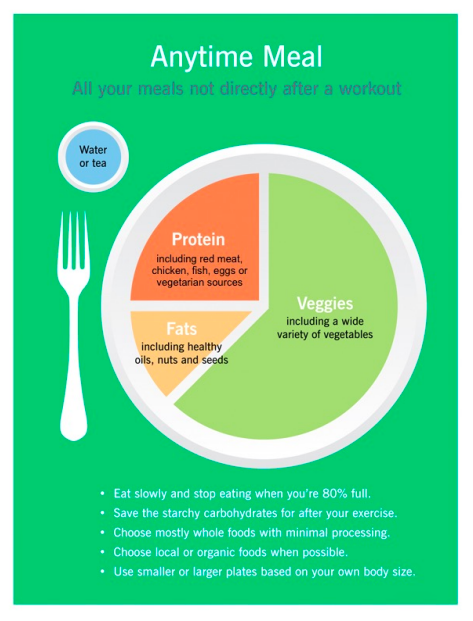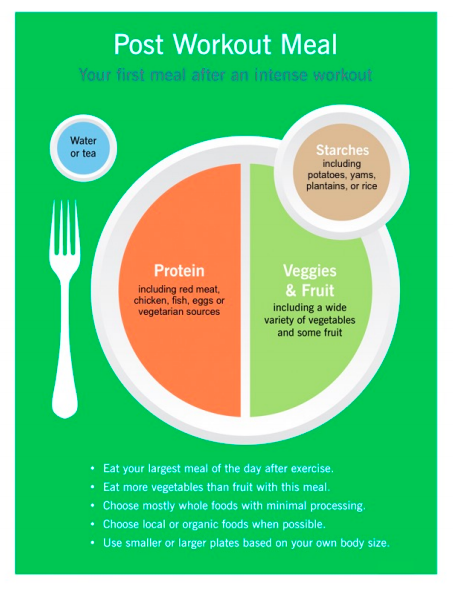
Back to the Basics: Portion Control
Written by Connor Nellans
When we decide to take control of our health and fitness, oftentimes one of the biggest obstacles is our nutrition. There is a multitude of information from an infinite number of unique sources when it comes to what is right and wrong. It can be very overwhelming to sift through it all. This process can cause a lot of frustration and even inconsistencies in our diet. But have no fear! I am here to give you some of the most basic yet powerful guidelines to follow when learning how to eat on a day-to-day basis. I want you to be able to walk away after reading this with actionable steps that can help you improve your relationship with food today!
What We Mean by ‘Portion Control’
When it comes to nutrition, it is important to understand portions and portion control. Portion control does not only mean to limit calories but also making sure we have enough of the right calories. Overall caloric load is important but it is also crucial to know how our overall calories break down into protein, fat and carbohydrates. The good news is that you don’t have to weigh and measure or look up macro counts online to get a good idea of your ratios. You can use your hand!

Protein = 1 Palm-Sized Portion
Protein is my favorite nutrient to address first with my clients. It is the building block of muscle, which is what we are after when we want to change our body composition. At each meal we want to set a goal of 1 or 2 servings of palm-sized protein, based on our size and activity level. Throughout your day, 5-7 total portions of palm-sized protein is a healthy goal. This will put most of us in the ballpark of adequate protein intake. It is a fantastic place to start with portion control and if nothing else focus on protein as it is the most important nutrient.
Protein Examples: pork, beef, chicken, cottage cheese, Greek yogurt, beans/lentils, eggs
Veggies = 1 Fist-Sized Portion
When it comes to veggies, we should set a goal of 4-6 fist-sized portions per day. You can truly never get enough vegetables. Experiment with different types and preparations. Stick to what is fresh and in season. This is not a maximum but a suggestion for you to consume throughout your day.
Veggie Examples: mushrooms, squash, broccoli, carrots, cauliflower, asparagus, leafy greens
Starchy Carbs = 1 Cupped Hand Portion*
Starchy carbohydrate intake can vary drastically from person to person depending on the individual and their goals, but a great place to start is one or two cupped hands of carbs per meal. *If your goal is fat loss and you work a fairly sedentary job, aim for 1 cupped hand per day (even less if you have a lot of weight to lose). If you go to the gym 3-5 times a week and follow our Performance or Fitness programming, eat 1 cupped hand of starchy carbs at the meal immediately before or after your workout. If you move around a lot for work and/or train intensely 5+ times a week at the gym, aim for 2 cupped hands of carbs around your workout time and one cupped hand at other meals.
Starchy Carbohydrate Examples: Sweet potatoes, potatoes, rice, quinoa
Fats = 1 Thumb Portion
And finally we come to fats. Fats can be the most misunderstood macronutrient and are often over or under eaten by many of us. A healthy goal to make sure you are getting the right amount of fat each day is 1 thumb’s worth of fat at each meal. Between meals, snacking on 2-3 thumb servings of fat will keep cravings at bay. Much like with starchy carbohydrates, the scale of fat servings will depend on a handful of factors including size and activity level.
Fat Examples: almonds, coconut oil, cashews, olive oil, guacamole
Building Your Daily Plates
Putting this all together, a great goal to shoot for is three meals per day where we have 1 palm sized portion of protein, 1-2 fists of veggies, 1 cupped hand of carbs and 1 thumb of fats. Throughout the day try to add in 1-2 snacks of 1 palm sized protein and 1 thumb of fat.

If you are a very active individual, I would recommend adding in 2 cupped hands extra of carbs throughout your day, preferably post-workout. And remember, always choose real food sources and avoid processed foods.

If you can put into practice these simple yet powerful portion control ideas you will be on your way to building lasting nutrition habits that will set you on the path to reaching your body composition and/or performance goals!